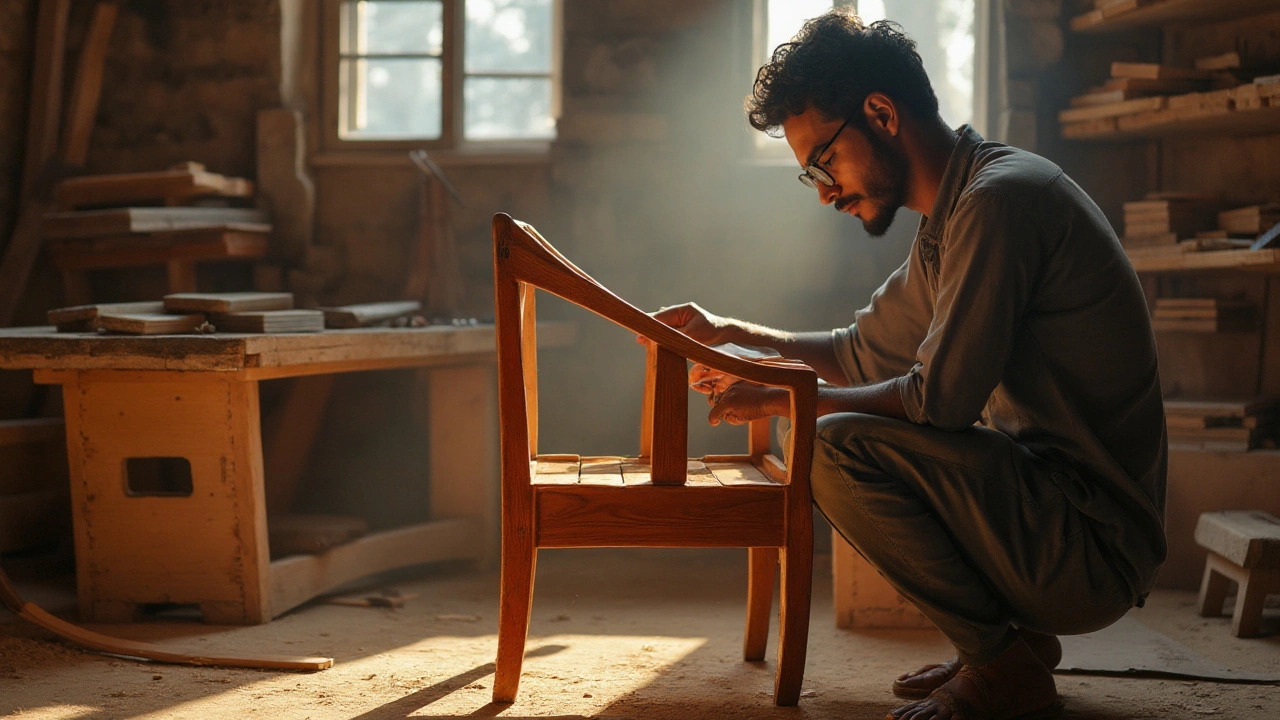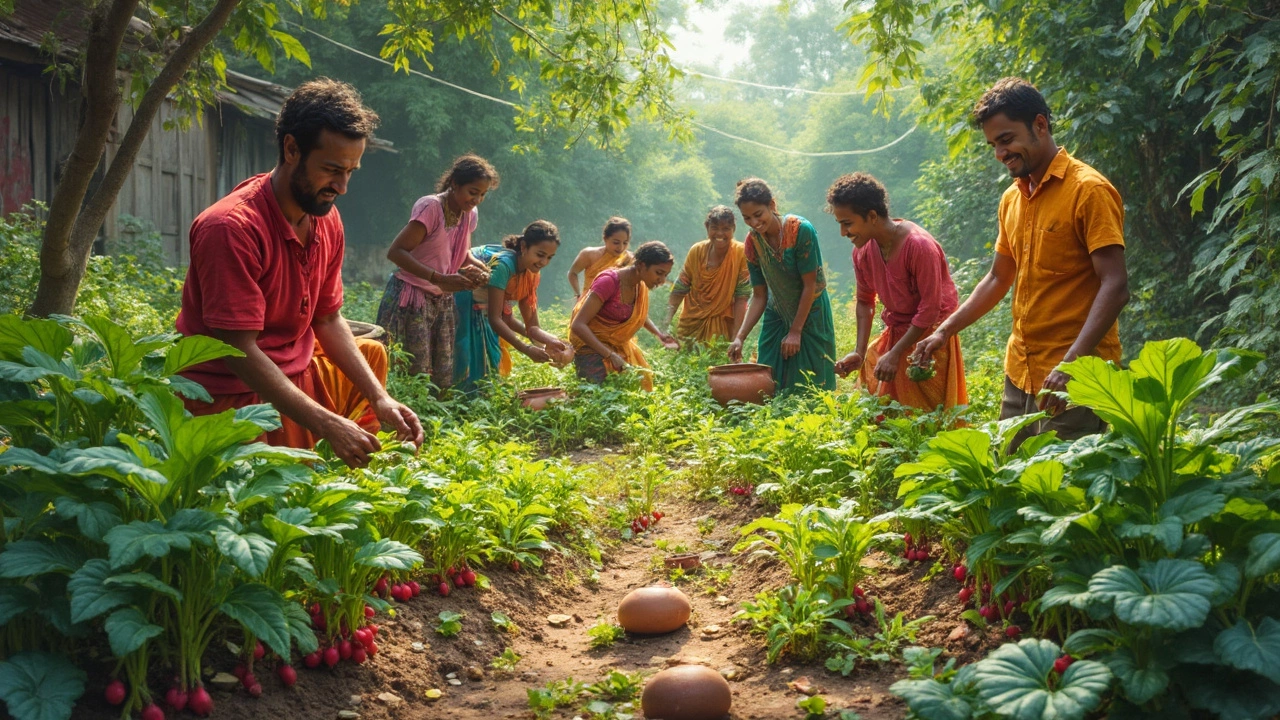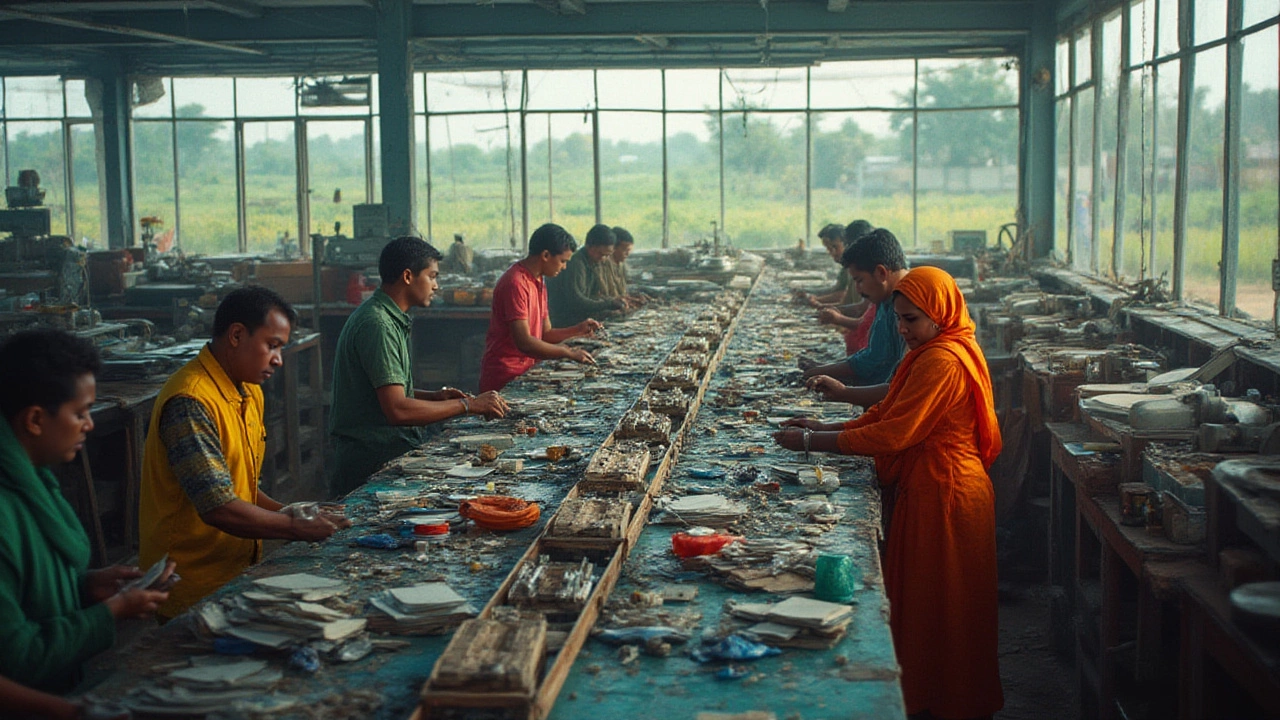Indian Furniture: Craftsmanship, Regions, and Sustainable Trends
When you think about Indian furniture, the unique mix of age‑old techniques and contemporary style that showcases India's cultural diversity. Also called desi furniture, it reflects everything from royal courts to village workshops. The sector thrives on handcrafted wooden furniture, pieces made from teak, rosewood, and sheesham, often assembled without nails, and on the expertise of artisans in Saharanpur, a hub famous for intricate wooden furniture making that blends durability with ornamentation. At the same time, sustainable manufacturing, practices that lower waste, use renewable timber, and apply low‑impact finishes is reshaping the industry to meet global eco‑conscious demand. Indian furniture therefore sits at the crossroads of tradition, regional identity, and green innovation.
Key Factors Shaping Indian Furniture Today
Regional styles create a vibrant mosaic: the elaborate jali work of Rajasthan, the minimalist bamboo frames of the Northeast, and the bold, geometric motifs from Kutch each add a distinct flavor. These local aesthetics influence material choices – for example, mango wood dominates southern markets because of its abundance, while sheesham is prized in north‑central workshops for its strength. Design trends are also driven by consumer shifts toward modular, space‑saving pieces that fit urban apartments, yet many buyers still crave the warm feel of solid wood. This tension pushes manufacturers to blend CNC precision with hand‑carved details, delivering products that feel both modern and authentically Indian.
Beyond aesthetics, the business side matters. Export data shows a steady rise in demand for Indian furniture in Europe and the Middle East, where buyers value the story behind each piece. Domestically, online platforms have democratized access, letting small workshops reach a national audience without hefty showroom costs. At the same time, government incentives for forest‑friendly sourcing encourage producers to adopt FSC‑certified timber, reducing illegal logging risks. As a result, the sector not only fuels local economies but also aligns with broader sustainability goals, creating a win‑win for artisans, consumers, and the environment. Below you’ll find a curated set of articles that dive deeper into these topics, from market analyses to hands‑on guides for spotting quality craftsmanship.
Discovering the Toughest Wood: Strength for Furniture in India
India is home to a rich diversity of wood types, with some offering remarkable strength and durability for furniture making. Teak, rosewood, and sal wood are popular choices due to their robustness and aesthetic appeal. Understanding the properties of each wood type helps manufacturers and buyers select the right material for their needs. This guide explores these woods, their characteristics, and what makes them ideal for sturdy furniture.
- manufacturing
- India
- food processing
- garden tips
- rice cultivation
- government schemes
- balcony garden
- urban gardening
- balcony gardening
- profitable business
- business ideas
- plastic manufacturing
- drip irrigation
- plant care
- steel manufacturing
- sustainable gardening
- startup ideas
- steel industry
- flower gardening
- textile manufacturers






